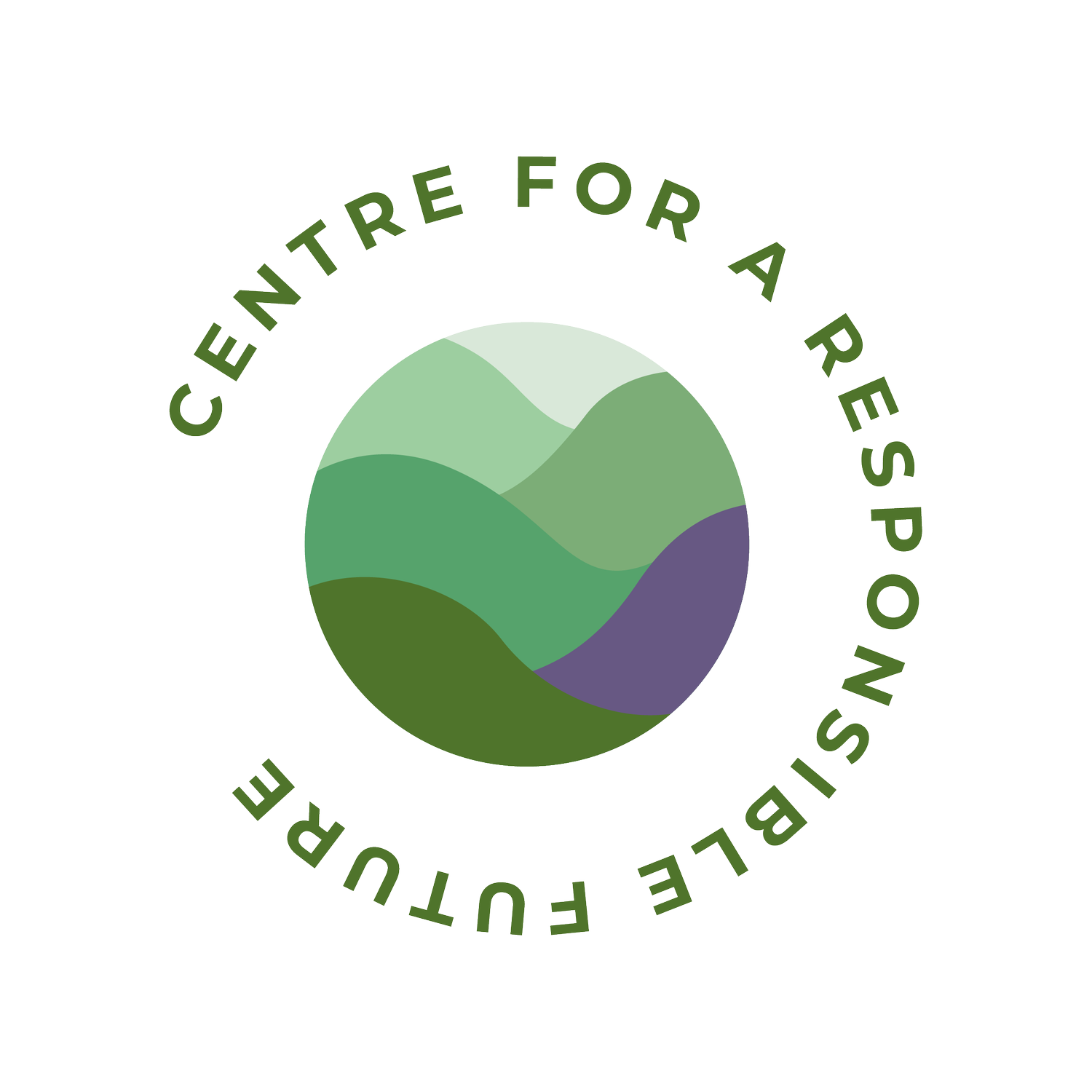#3. Become a Climatarian
How you eat and what you eat matters for the planet. In this 3-part blog series, we look at how choosing the right ones can do more to help save the planet. We have shared that #1: Plant-based Foods are Better for the Planet in our first series and in the second series, we look at the various type of plant-based foods and their varying impact on our environment to understand #2: Not all plant-based foods are the same.
In this third series, we will understand what it takes to become a climatarian.
A climatarian, according to the New York Times, is a person whose diet has the primary goal of reversing climate change. “This includes eating locally produced food (to reduce energy spent in transportation) and using every part of ingredients (apple cores, cheese rinds, etc.) to limit food waste.” Regardless of which foods you choose, eating plant-based is a more sustainable choice that can improve the well-being of the planet by reducing CO2 emissions, land use and water use.
Becoming a plant-based climatarian can seem like a relatively straightforward process of simply choosing plant-based proteins such as beans and lentils or choose plant-based meat and dairy alternatives meat while also choosing fruits, vegetables and other foods that are produced locally rather than far away. Yet taking climate change into account may require more challenging choices than one might expect. You’ll need to look at labels to see what the food is made of and where the food was produced.
A study by Deloitte and A*Star focusing on 13 common food items as a proxy for others found that even though less than 10 percent of food items imported are transported into Singapore by air, these items contribute to more than half of the GHG emissions in the transportation stage. Sourcing food from countries with cleaner and renewable sources of electricity generation and transporting them by sea or land can meaningfully reduce environmental impact, the researchers said. And although red meats represent only about 11 percent of consumption per capita by weight annually, they contribute about 40 percent of greenhouse gas (GHG) emissions from food that consumers eat in Singapore.
While selecting plant-based foods sourced closer to home is critical for climatarians, some consumers don’t know exactly what meals to make. A variety of digital health companies and non-profits have meal plans and recipes, which helps with making the right choices. Along with tips and recipes on the CRF website, CRF partners listed on the website can help as well.
Shifting to a true climatarian lifestyle may, then, lead one beyond just looking for plant-based foods and towards choosing ones that have fewer negative effects on climate change. Being careful, reading labels to find the ingredients on plant-based foods and selecting the right ones can have a huge impact.
By Richard Hartung
Richard is currently the Treasurer of Centre for a Responsible Future. He has more than 20 years of experience in consumer financial services and is also a freelance writer for newspapers, magazines and corporates, with a deep interest in sustainability and plant-based diets.


